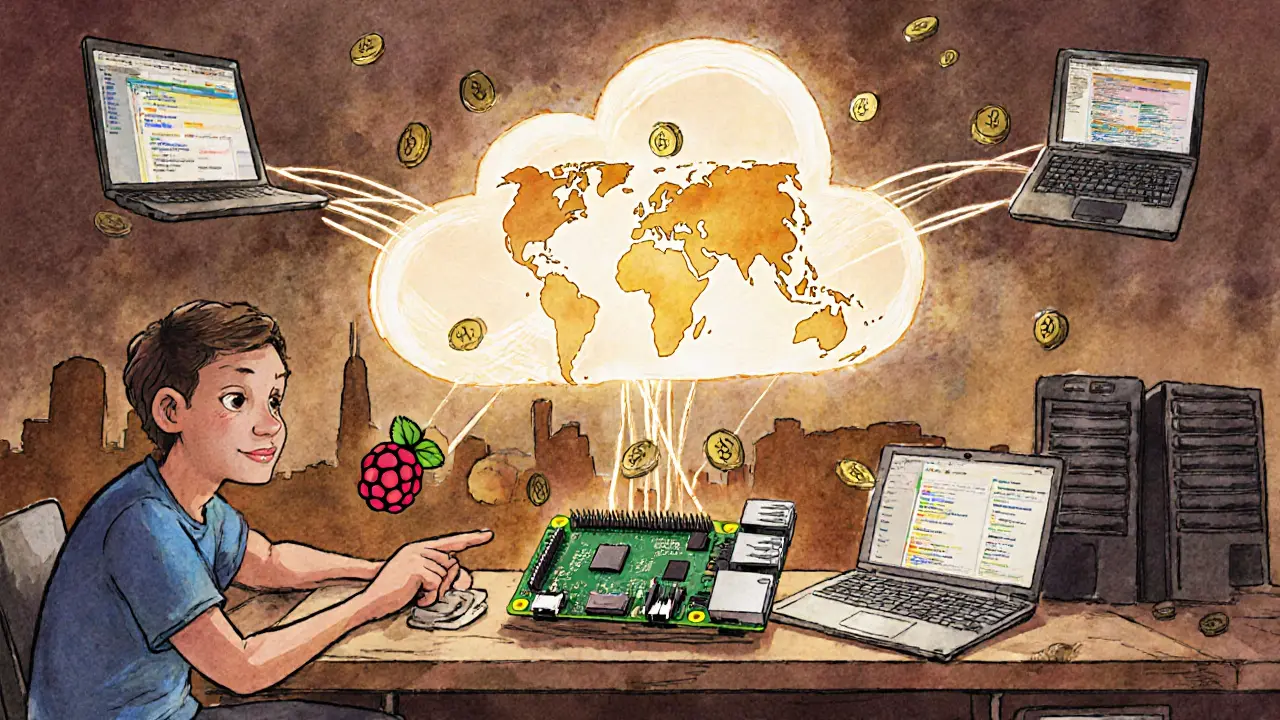Decentralized Computing: What It Is and How It’s Changing Crypto
When you hear decentralized computing, a system where processing and data storage happen across many devices instead of one central server. Also known as distributed computing, it’s the quiet engine behind every DEX, wallet, and blockchain that doesn’t answer to a company. Think of it like a group chat where no one’s in charge — everyone holds a copy of the rules, and no single person can change them without everyone else agreeing. That’s not science fiction. It’s how Bitcoin works. And now, it’s how apps like Camelot V3, Lifinity, and Marswap run too.
This isn’t just about avoiding single points of failure. blockchain, a tamper-proof digital ledger that stores data in linked blocks using cryptographic hashing is built on decentralized computing. Every transaction gets verified by multiple nodes, not a bank or exchange. That’s why you can trade on SheepDex or EvmoSwap without giving your ID — if they’re real. And why DID (Decentralized Identifiers) let you control your online identity without passwords. These systems need decentralized computing to work. Without it, you’re just trading on a website that could vanish tomorrow.
And it’s not just about trading. peer-to-peer networks, direct connections between users without middlemen let people share data, compute power, or even AI models without relying on Amazon or Google. Projects like CreatorBid and AINN tried to tap into this, even if they failed. The idea is simple: if you’re using a service, you should own part of it. That’s why decentralized computing is the backbone of Web3 — not just a buzzword. It’s the reason why you can’t just shut down a DEX like Uniswap. There’s no headquarters. No CEO to sue. No server to pull the plug on.
You’ll see this theme everywhere in the posts below. From how cryptographic hashing keeps ledgers safe, to why a fake exchange like EvmoSwap can’t last, to how DID gives you control over your identity — they all tie back to one thing: taking power away from central authorities. Some projects nail it. Others are just pretending. The difference? Real decentralized computing means no single point of control. If a project can’t explain how it does that, it’s probably not real. Below, you’ll find real reviews, real breakdowns, and real warnings — all focused on what matters: who’s actually building something that can’t be turned off.
